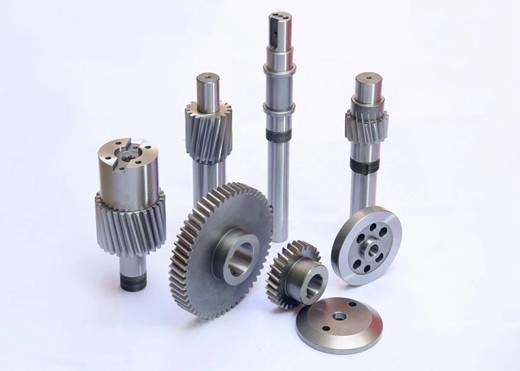Custom CNC Gas Cylinder Quenching Tempering / Heating / Hardening Furnace
Product description
During the laser heat treatment process, after the laser beam stops scanning, observe the surface state of the laser quenched strip with the naked eye or a low-power magnifying glass at any time, and macroscopically judge the surface quality of the quenched strip. Microscopic analysis should take the cross-sectional area of the quenched strip as the observation surface, and use a metallographic microscope to detect the depth (mm) and width (mm) of the quenched hardening layer at a magnification of 100 times. The depth of laser hardening layer is generally below 1mm. The microstructure of laser quenched steel materials is mainly martensite. The microhardness method should be used to detect the hardness of the quenched layer, and the load value should be selected based on the properties, thickness, and depth of the quenched layer of the sample.

The metal surface of laser heat treatment is generally processed by mechanical processing, with small surface roughness and high reflectivity to laser. Before laser heat treatment, the quenched surface should be pre treated to improve its absorbance. After oil removal, rust removal, cleaning, and drying of the treated surface, a light absorbing coating (blackening) is pre installed on the surface. The methods include phosphating, spraying (brushing) paint, improving surface roughness, oxidation, coating, etc; The coating should be thin, uniform in thickness, with a high laser absorption rate (over 90%), good thermal conductivity, good adhesion to metal, and not decompose or evaporate at a certain temperature. It is easy to clean and remove after quenching or can be used without removal.




Recommended products
